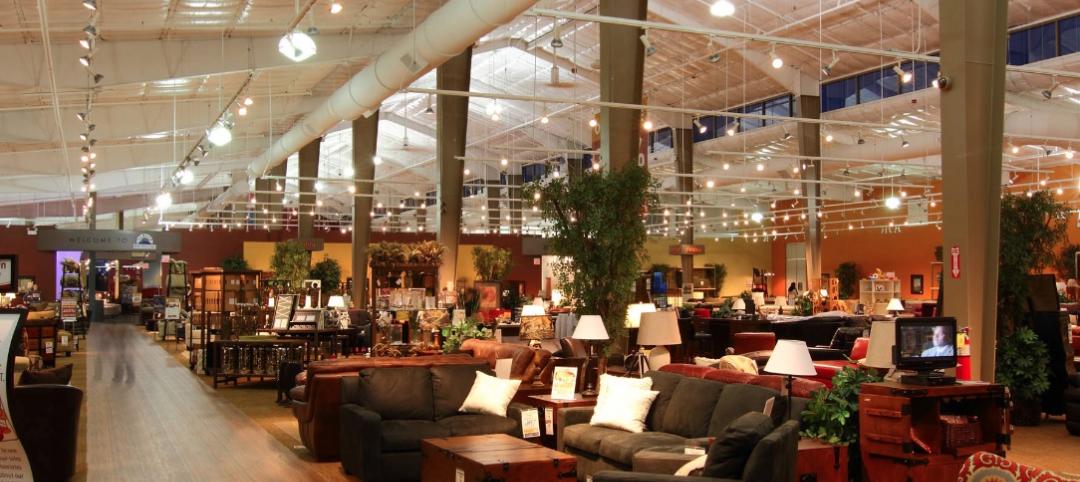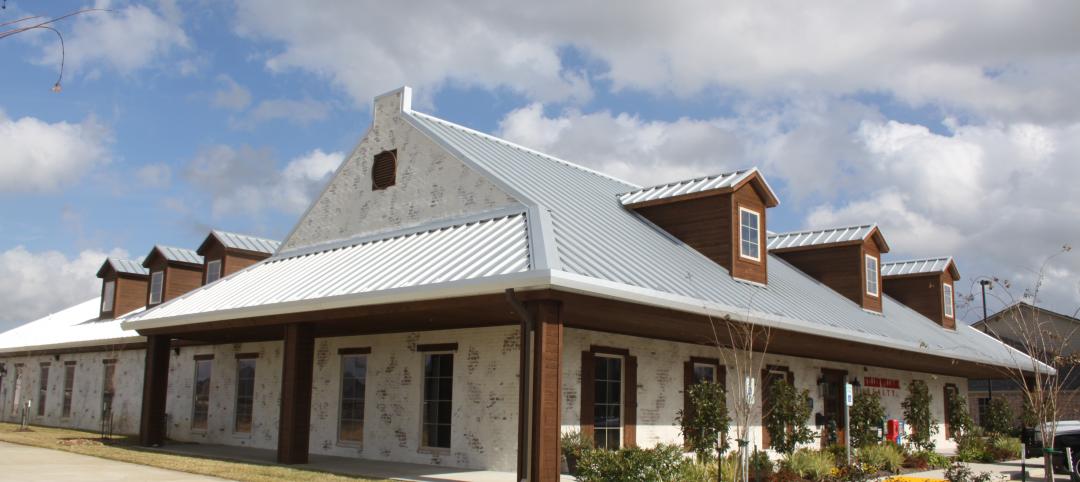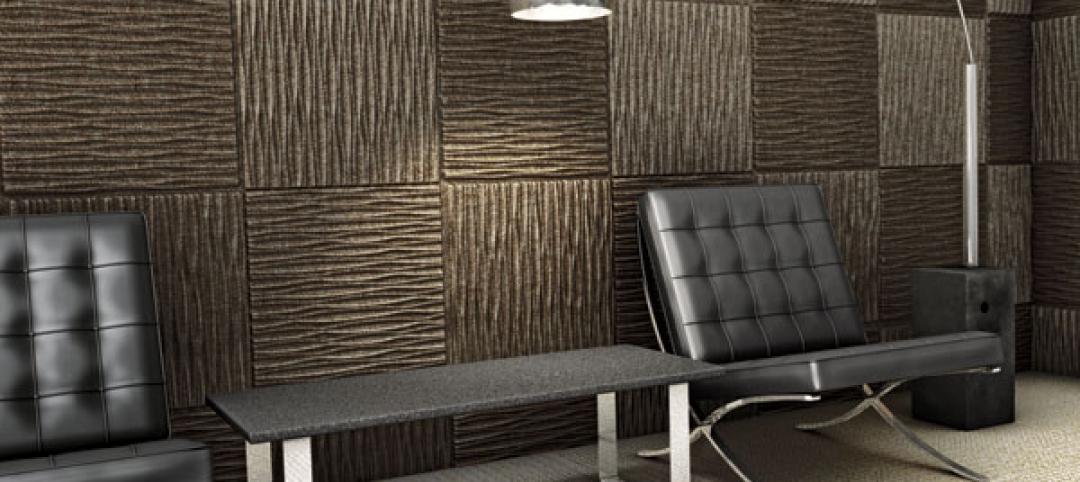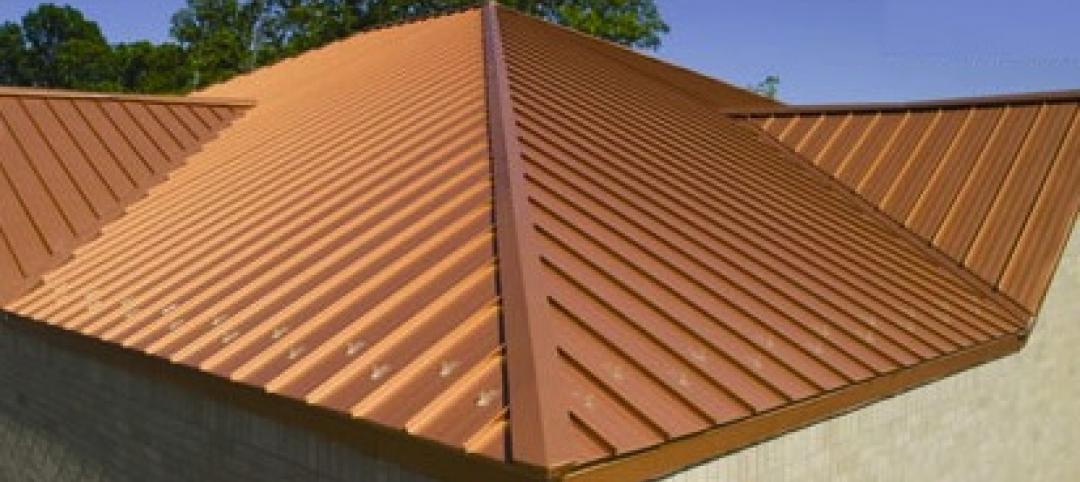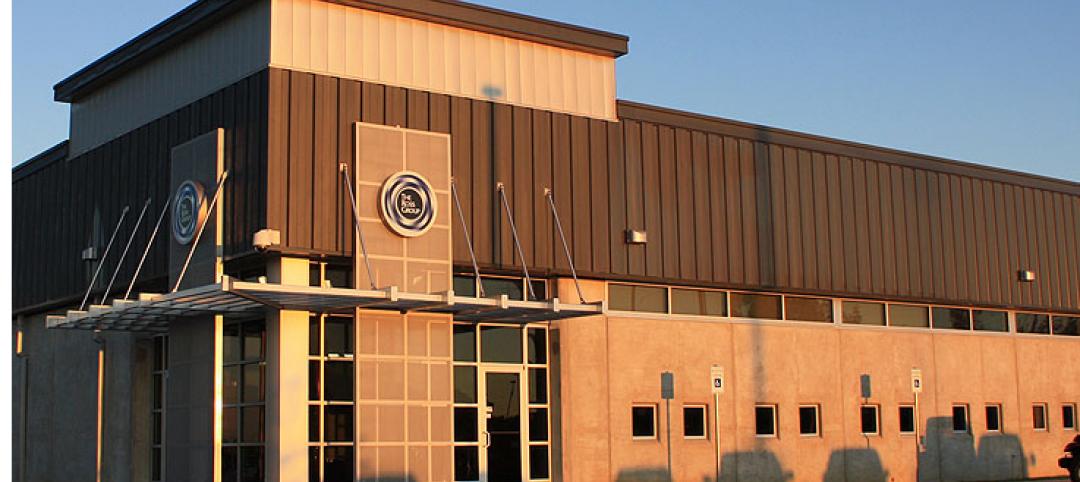Knox College, in Galesburg IL, was in need of more space, and better space, for arts education. Fine arts had been housed with music and theater in a facility built in the early 60’s. The college had ambitions to build a dedicated, state-of-the-art facility with studios for painting, printmaking, design, sculpture, ceramics, drawing and digital art, metalworking and woodworking shops, classrooms, faculty offices, dedicated open studio space for faculty and seniors working on capstone projects, and space to display student work.
If the goal was large, the strictness of the budget was, in a sense, even more ambitious. To meet the college’s construction budget, Star Builder P.J. Hoerr, Inc. knew just what was needed. As Kirk Anderson, vice president of P.J. Hoerr, put it, “We could only do it with a metal building system.”
The college president wanted the building to have large windows, so passersby could see what the students were working on. She also suggested that, the look of the building should be able to “blend into the urban fabric” of the industrial area adjacent to the east side of the campus where the new building was to be situated. In response, Lake/Flato Architects created a unique and striking design with a sawtooth roofline and exciting interior spaces that encourage creativity.
The new Whitcomb Arts Building, a 30,000 sf facility, is actually five metal buildings connected together, custom made by Star Building Systems. About 70% of its footprint is divided by mezzanines into two floors. There are major double-height areas, to provide pinup space for large work, a ‘critique hall.’ There is a lecture hall that accommodates large gatherings and receptions for student work. Facilities for both cutting edge and historical art media include computer labs and film development rooms.
From the builder’s standpoint, it was a very unusual project. “Typically, a metal building is one big box,” explains Anderson. “The unique shape of the building, with parts of the roof having a 24:12 pitch, created some interesting challenges.”
The project was built with a target of LEED gold certification (a final decision on its actual LEED status is still forthcoming), which led to a number of innovative design choices. There had been an older building on the site that was the property of a lumber yard. It was demolished for the new construction, but a significant quantity of wood was reclaimed from that building and re-used in the Whitcomb Arts Building. Classroom spaces, for example, are divided by barn-door style doors made of that reclaimed wood. Other sustainable aspects include extensive use of daylighting, and storm water retention system of bio-swales whose plantings help process and breakdown pollutants in the run-off.
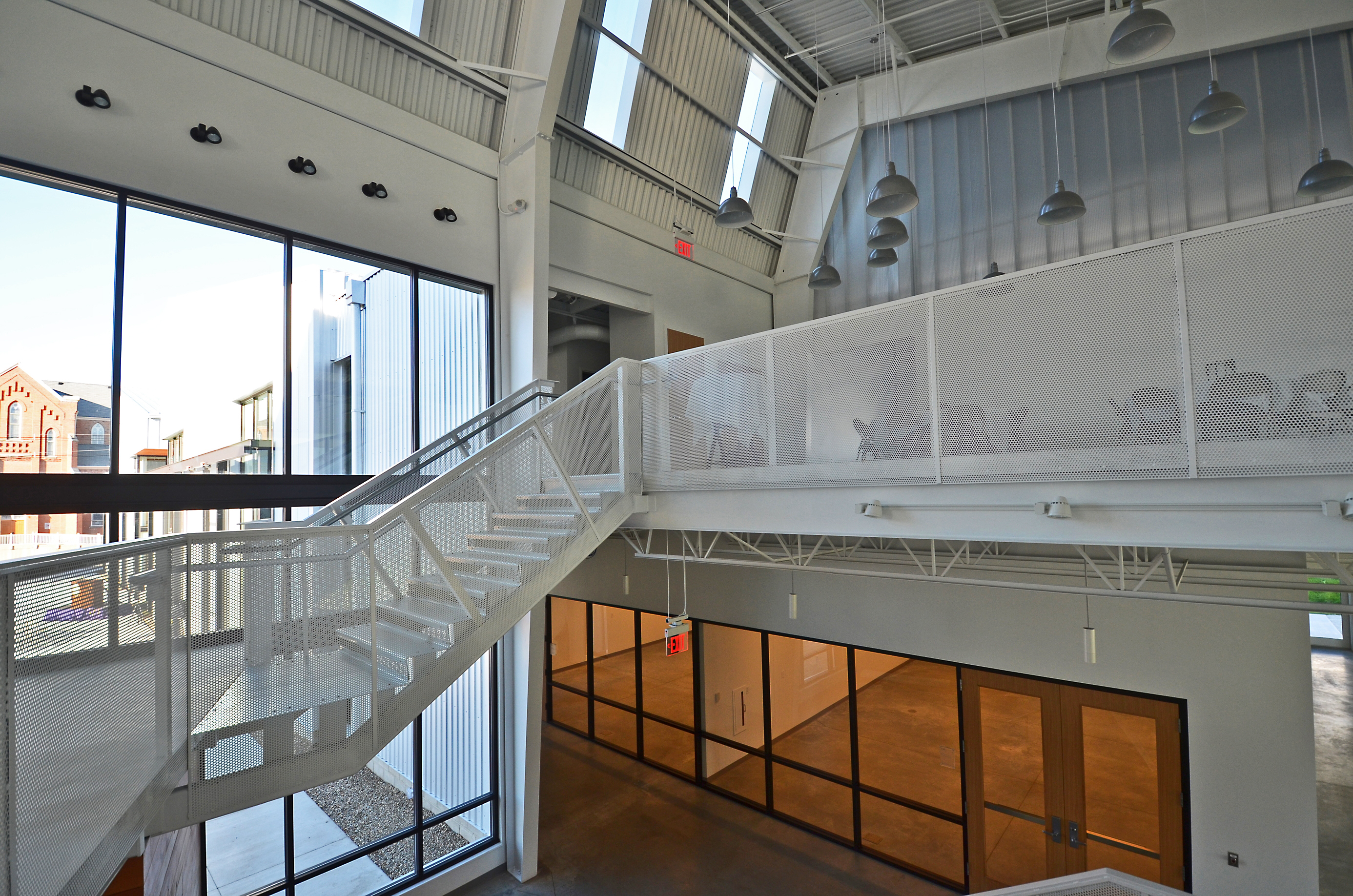
Perhaps most unusual for a metal building is the massive amount of glass. Approximately 40% of the exterior is glass, bringing in a good deal of natural light. The unusually high-pitched, asymmetrical roofs also have skylights. To control sunlight on the west side of the building, the windows can be covered by large, barn-door-mounted perforated metal panels.
The exterior evokes a kind of idealized industrial complex. The rhythmic saw-tooth roofline makes the entire building looking like a single, vast, gleaming machine. The metal standing-seam roof, made with MBCI galvalume-coated roof panels, is echoed on about 20% of the exterior walls, as well, emphasizing industrial roots. The clusters of rectangular glass, and accents of reclaimed brick and reclaimed wood, take it beyond the utilitarian reference, an evolution into something more sophisticated and complex.
The Whitcomb Arts Building project began in November, 2015, and was substantially completed by October 2016 at a cost of $7 million. Star Building Systems made the buildings, and P.J. Hoerr was general contractor, self-performing substantial amounts of the work including the concrete, steel erection, metal cladding, and finish carpentry. P.J. Hoerr, Inc. was named Star Building Systems’ Master Builder of the Year for 2016 for this project. The building was fully opened for student use in January 2017.
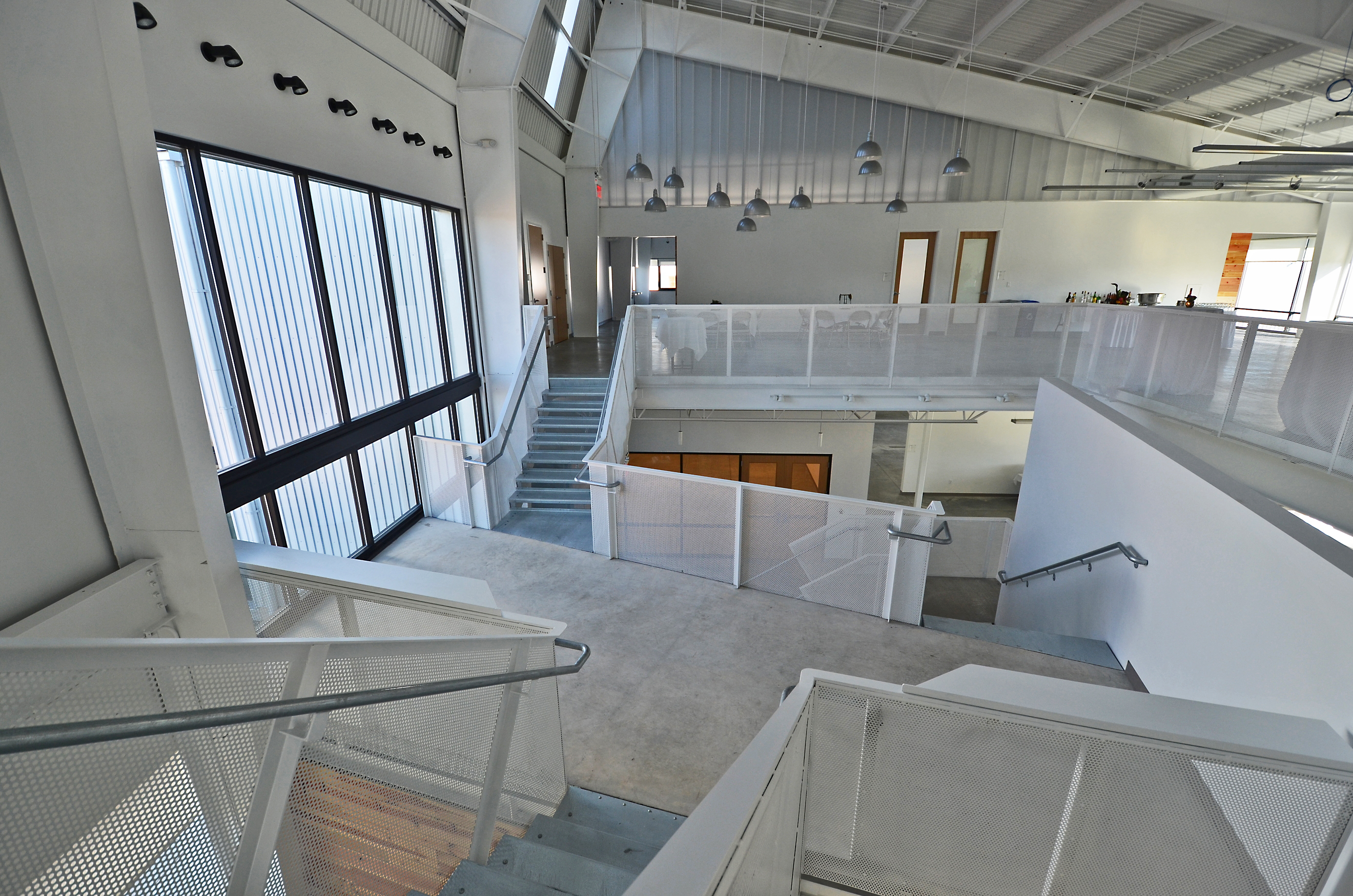
Related Stories
| Dec 10, 2013
16 great solutions for architects, engineers, and contractors
From a crowd-funded smart shovel to a why-didn’t-someone-do-this-sooner scheme for managing traffic in public restrooms, these ideas are noteworthy for creative problem-solving. Here are some of the most intriguing innovations the BD+C community has brought to our attention this year.
| Nov 27, 2013
Wonder walls: 13 choices for the building envelope
BD+C editors present a roundup of the latest technologies and applications in exterior wall systems, from a tapered metal wall installation in Oklahoma to a textured precast concrete solution in North Carolina.
Sponsored | | Nov 20, 2013
Four faces of curb appeal
The Furniture Row retail center in Charlotte, N.C., incorporates four specialty stores in a distinctive, efficient structure.
| Nov 18, 2013
The builder’s building
Versatility topped Ron Cleveland’s list of priorities when he and his wife decided to construct a new building in Beaumont, Texas, to accommodate the two businesses they jointly own. Cleveland also wanted to create a structure that would serve as an effective marketing tool for his construction firm. An 11,526-sf custom metal office building met both goals.
| Nov 15, 2013
Metal makes its mark on interior spaces
Beyond its long-standing role as a preferred material for a building’s structure and roof, metal is making its mark on interior spaces as well.
| Oct 30, 2013
Metal roof design tips: The devil is in the details
This AIA/CES-approved presentation provides information regarding proper design to prevent possible infiltration from the roof system into the building. It also works as a guide when designing a roof to allow for proper water runoff.
| Oct 28, 2013
Metal roofs are topping more urban dwellings
Given their durability and ease of use, metal roofs have been a common feature on rural houses for decades. Now they’re becoming an increasingly popular choice on urban dwellings as well.
| Oct 23, 2013
Some lesser-known benefits of metal buildings
While the durability of metal as a construction material is widely recognized, some of its other advantages are less commonly acknowledged and appreciated.
| Oct 18, 2013
Researchers discover tension-fusing properties of metal
When a group of MIT researchers recently discovered that stress can cause metal alloy to fuse rather than break apart, they assumed it must be a mistake. It wasn't. The surprising finding could lead to self-healing materials that repair early damage before it has a chance to spread.
Building Enclosure Systems | Mar 13, 2013
5 novel architectural applications for metal mesh screen systems
From folding façades to colorful LED displays, these fantastical projects show off the architectural possibilities of wire mesh and perforated metal panel technology.




